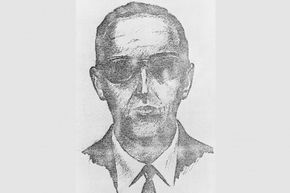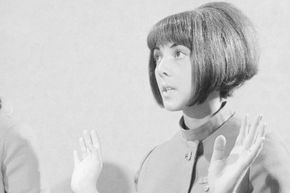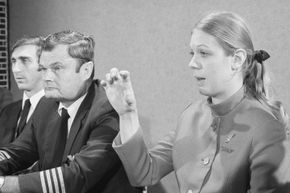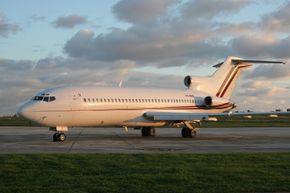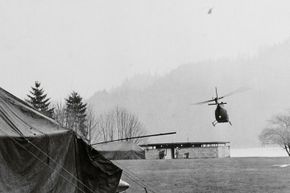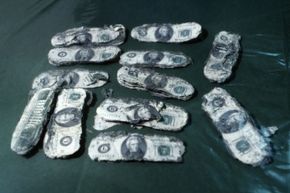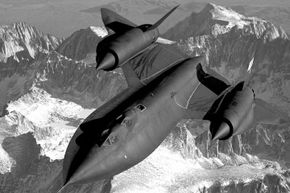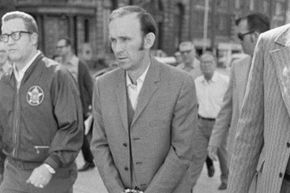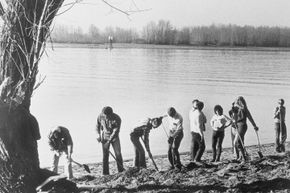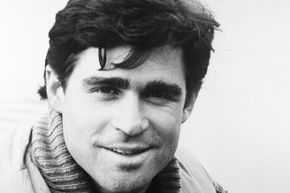In July 2016, the FBI closed the book on a cold case that had captivated amateur and professional sleuths alike for nearly half a century.
On Wednesday, Nov. 24, 1971 — the day before Thanksgiving — a man walked up to the Northwest Orient Airlines ticket counter at Oregon's Portland International Airport and inquired about a ticket for Flight 305, a 30-minute flight to Seattle's SeaTac Airport. It was cold and stormy out, but the flight — depending on whom you talk to — was on schedule.
Advertisement
The man wanted to be sure that the plane on that route was a Boeing 727-100, which, in a couple hours, would be significant. The ticket agent assured him indeed it was, and the man purchased a one-way ticket for $20. He filled out the ticket voucher in red ink, putting his name down in block letters as Dan Cooper.
The Boeing 727-100 is a smallish plane, not the smallest in the Boeing fleet, but the only one that had an aft staircase. On board the plane for Flight 305 were five crew members: pilot, Capt. William Scott; co-pilot, Robert Rataczak; senior flight attendant Alice Hancock; and two flight attendants, Tina Mucklow and Florence Schaffner. The 37 passengers settled in for the flight. Dan Cooper, who sat in 18C, ordered a bourbon and 7-Up. He smoked Raleigh brand cigarettes, an off-brand, with his left hand.
Cooper looked to be in his mid-40s. He was olive-complected, with fancy marcel waves in his hair. He wore a white shirt beneath a russet-colored suit, that kind of dark burgundy-brown color, dark loafers and a skinny black tie that was, in fact, a clip-on from J.C. Penney. He fastened it in place with an imitation-pearl tie pin. Dan Cooper had with him an overcoat for the rainy weather and a bag, a sort of briefcase. Other than the fact that he was wearing horn-rimmed sunglasses aboard the flight, there was nothing remarkable about the man.
After the plane was aloft and pretty 23-year-old Florence Schaffner brought him his drink, he quietly passed her a note.
This kind of thing happened a lot to Florence Schaffner. Businessmen routinely hit on her on flights and she assumed this was more of the same. In view of Dan Cooper, she put the note away without looking at it. After a moment, Dan Cooper called her over to his seat in 18C.
"Miss, you'd better look at that note," Cooper said to her. "I have a bomb."
Advertisement
